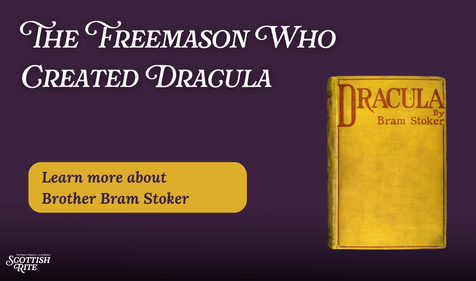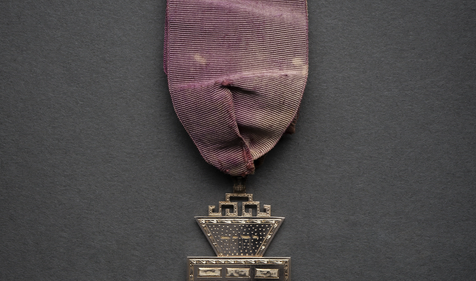The Scottish Rite Masonic Museum & Library proudly unveils five additional inductees into their Masonic Hall of Fame exhibition, on display through October 25, 2024.
The Scottish Rite Masonic Museum & Library (SRMML) unveiled five new inductees into the The Masonic Hall of Fame: Extraordinary Freemasons in American History, on display through October 25, 2024, at Supreme Council headquarters in Lexington, Massachusetts. The Hall of Fame exhibition honors Masons, both past and present, who have made outstanding contributions to American history.
These five new additions to The Masonic Hall of Fame exhibition hold their rightful place in American history as spokesmen for justice and stewards of change:
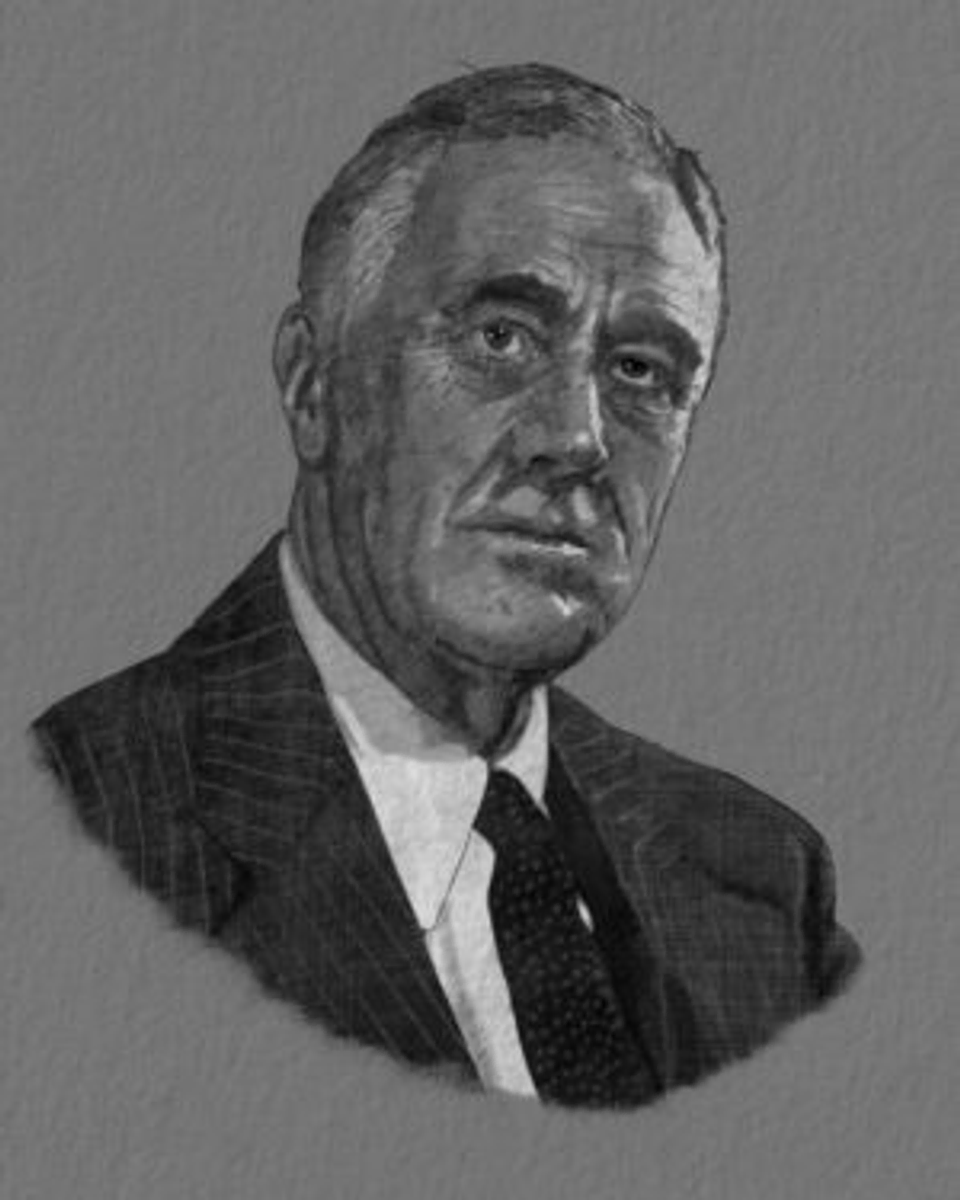
Franklin Delano Roosevelt
Franklin Delano Roosevelt (1882-1945) served as the 32nd President of the United States during a time of great upheaval. His 12 years in office, from 1933 to 1945, provided stability for a changing nation.
Roosevelt’s New Deal, radical for the time, helped bring the country out of the Great Depression. His leadership during World War II was vital to Allied victory. His regularly-broadcast “fireside chats” updated Americans on both the Depression and the war and eased their fears. Roosevelt’s dedication to justice and equality inspired Americans and led to economic and social welfare policies that continue today, nearly 100 years after their implementation.
“. . . the splendid work that Masonry is doing for our fellowmen”
In November 1911, shortly after voters elected him to the New York State Senate, Roosevelt was raised as a Mason in Holland Lodge No. 8 in New York City. He maintained his membership in this lodge for 34 years. While Governor of New York State from 1929 to 1932, Roosevelt became a 32nd degree Scottish Rite Mason and a Shriner in Cyrus Temple.
“. . . tremendous cares of state . . .”
The stress of World War II combined with the long-term effects of polio undermined Roosevelt’s health. He died in 1945, just a few months into his fourth term. Roosevelt’s wife Eleanor said of him: “. . . his chief interest was in seeing that the average human being was given a fairer chance for ‘life, liberty and the pursuit of happiness.’”
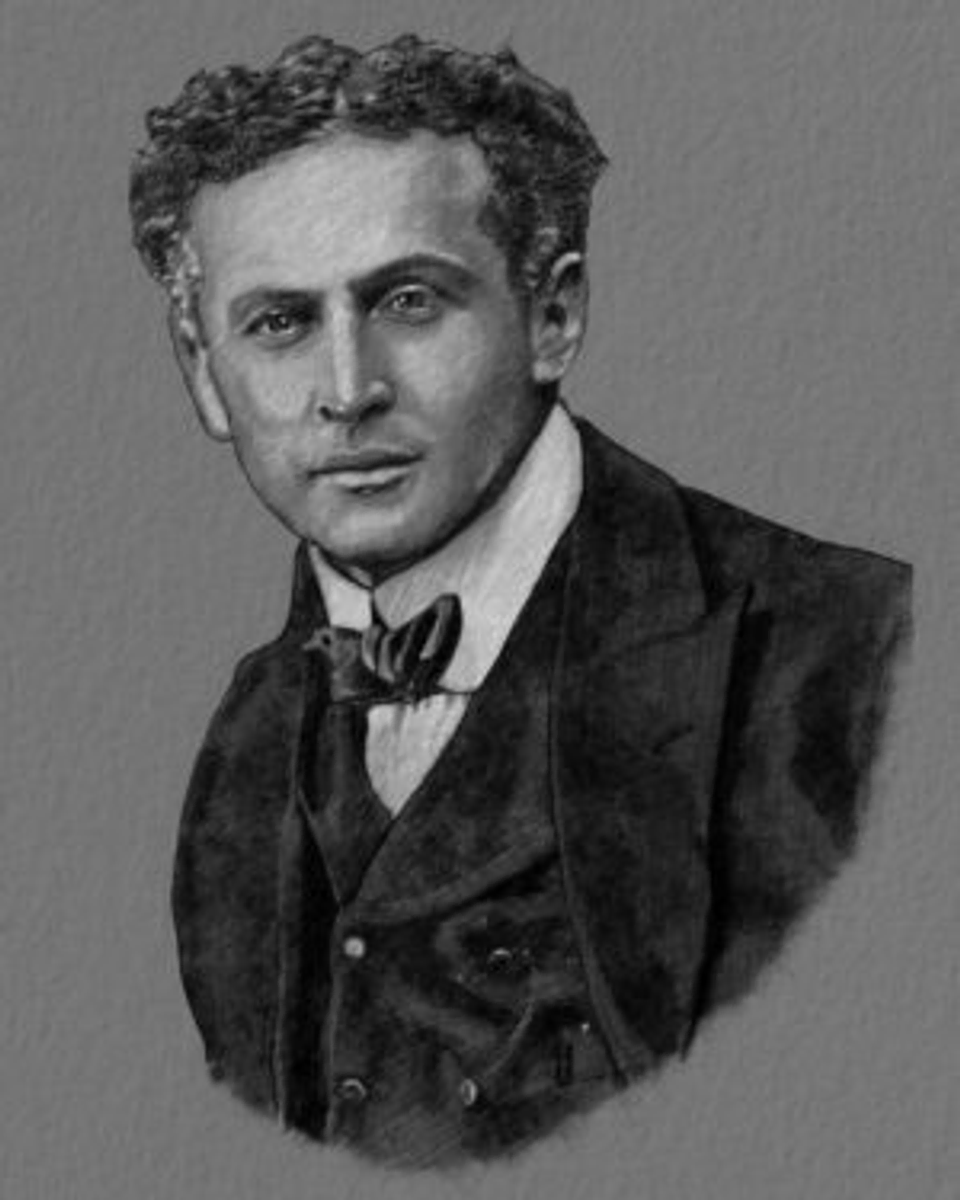
Born Erik Weisz in Budapest, Harry Houdini (1874-1926) was a world-renowned illusionist and escape artist. Later in his career, Houdini became well-known for exposing fraud among spiritualists, psychics, and mediums who claimed to contact the dead through seances and other means.
Debunking Spiritualists
In the 1920s Houdini became an outspoken opponent of the spiritualist movement. He demonstrated that psychics and mediums employed stage magicians’ tricks to fool clients. Houdini exposed them as frauds who preyed upon a public who, in the wake of World War I, yearned to connect with loved ones who had died. Houdini publicly argued with his friend, fellow Freemason, and avid spiritualist, Sir Arthur Conan Doyle. The relationship between Houdini and Doyle, the creator of Sherlock Holmes, came to a sour end because of their irreconcilable disagreement over spiritualism.
Freemason
Houdini came to Freemasonry just a few years before he died. He was raised in New York City’s St. Cecile Lodge No. 568 on August 21, 1923, was a member of Mecca Shrine Temple, and joined all four bodies of the Scottish Rite in New York City in 1924.
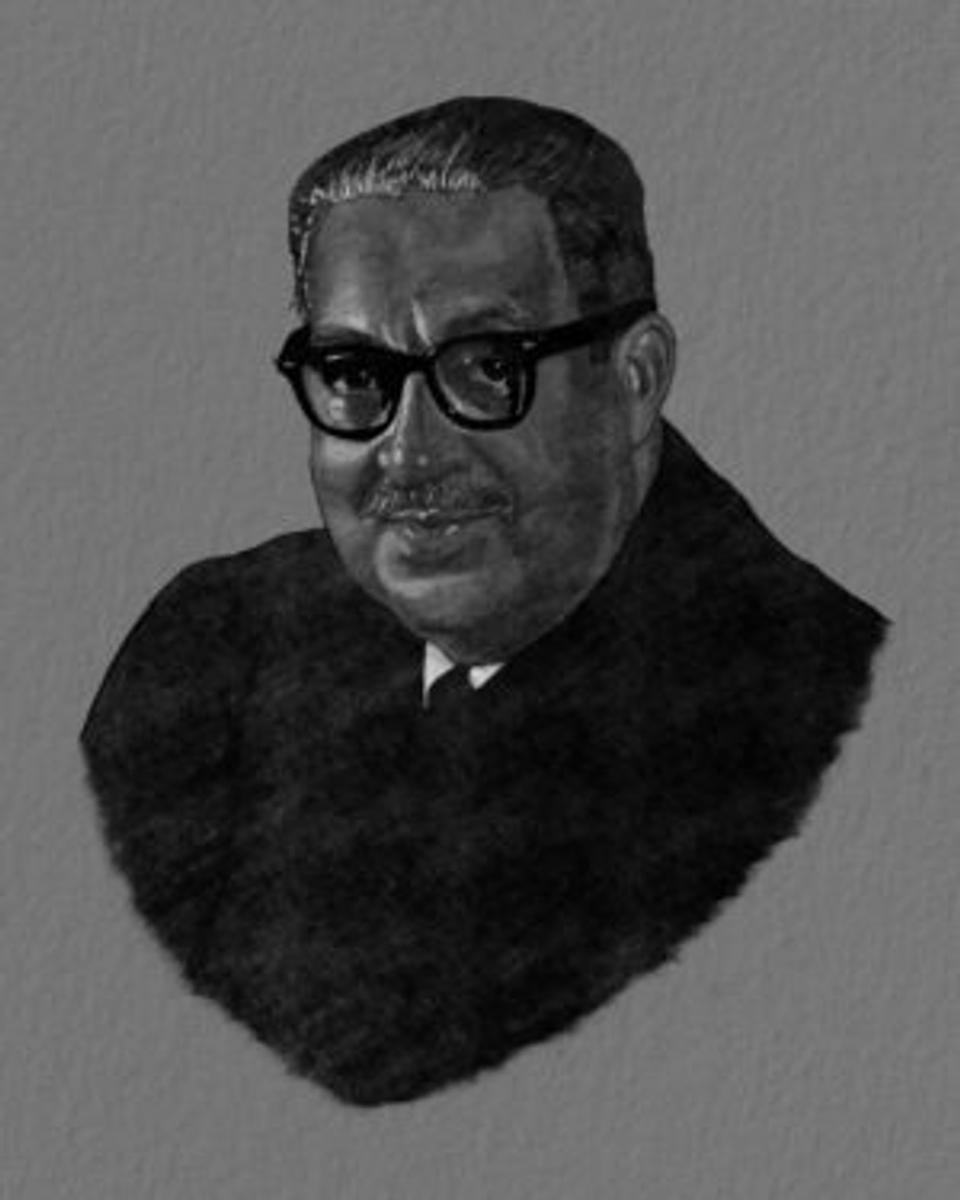
“In recognizing the humanity of our fellow beings, we pay ourselves the highest tribute.” Thurgood Marshall – 1972
Thurgood Marshall
Thurgood Marshall (1908-1993) was a civil rights lawyer and first Black justice on the United States Supreme Court. Prior to his judicial appointment there, he was a powerful advocate before the court, winning 29 of the 32 cases he argued.
Fighting for Civil Rights and Supreme Court Justice
Marshall graduated first in his class from the Howard University School of Law in 1933 and began practicing law the following year. In 1940, Marshall founded the NAACP Legal Defense and Educational Fund, which served as the legal arm of the civil rights movement. As its first executive director, Marshall litigated many cases seeking equal social opportunities and protection under the law, regardless of a person’s race. In 1954, Marshall successfully argued his most famous case, Brown v. Board of Education of Topeka, before the Supreme Court. In 1967, President Lyndon B. Johnson nominated Marshall as a justice of the Supreme Court. He retired in 1991, after having heard 3,655 cases over 24 years.
Freemason
Marshall was a member of Coal Creek Lodge No. 88 in Tulsa, Oklahoma, and a Scottish Rite Freemason. In 1951, he became an Active Member of the United Supreme Council, 33°, Prince Hall Affiliation, Southern Jurisdiction. Marshall was also a member of Medina Temple No. 19 of New York City. Marshall valued the encouragement of his Prince Hall Brothers in his work for the NAACP. In 1958, while speaking about this support, Marshall stated that without funding from Prince Hall Masons, many of the civil rights cases that he argued could not have been fought: “Whenever and wherever I needed money and did not know of any other place to get it, Prince Hall Masons never let me down.”
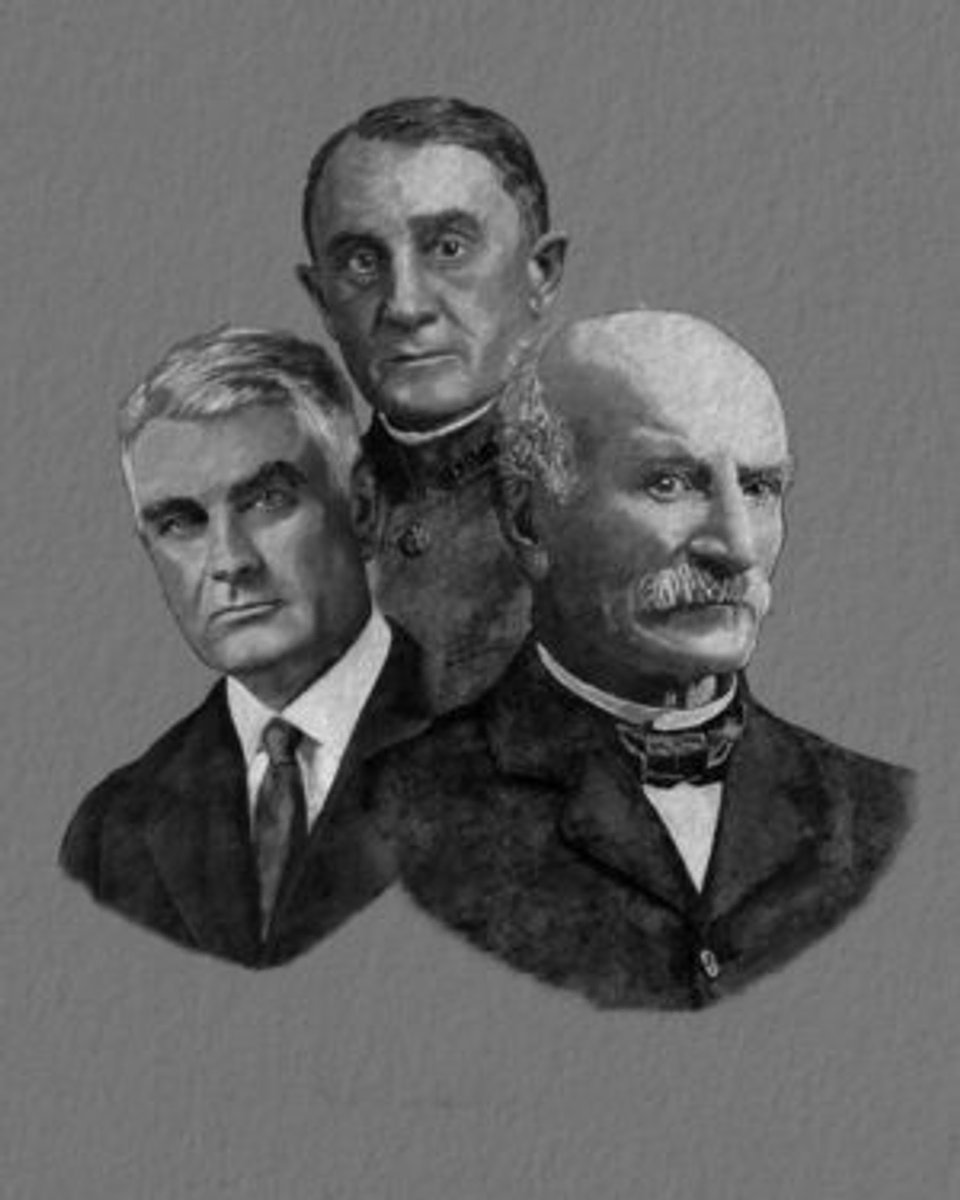
William W. Mayo, William J. Mayo, and Charles H. Mayo
Dr. William Worrall Mayo (1819-1911), along with his sons Dr. William James Mayo (1861-1939) and Dr. Charles Horace Mayo (1865-1939), established and fostered the medical practice that became the Mayo Clinic, now renowned for its research, education, and medical care.
Born in England, Dr. William Worrall Mayo worked as a physician in Rochester, Minnesota, starting in 1863 when he assessed volunteers and draftees for the Union Army. He set down roots in the community: raising his family, joining Rochester Lodge No. 21, and establishing a medical practice. Pursuing the most up-to-date medical knowledge, Dr. Mayo traveled around the country to learn from other doctors and surgeons. He applied this knowledge in caring for his patients. Two of Dr. Mayo’s sons, William James and Charles Horace, trained as surgeons. They joined their father in his practice and, in 1889, at a new hospital in Rochester, St. Mary’s.
“the main purpose to be served by the Clinic is the care of the sick”
A Catholic order, the Sisters of Saint Francis, built and administered St. Mary’s. The Mayos served as medical staff for the twelve-bed hospital and collaborated closely with the Sisters who funded and ran it. Applying new modern knowledge about anesthesia, reducing infection, and other innovations in medical science, the hospital, which focused on surgery rather than infectious diseases, soon earned a reputation for good outcomes. St. Mary’s accepted patients regardless of their sex, race, religion, or their ability to pay. By 1914, the hospital treated 8,000 patients a year. At the same time, the Mayo brothers’ practice continued to grow and, in 1914, they erected a purpose-built clinic that housed labs and doctors’ offices in the same building.
“no man has the wisdom to guide or control the next generation”
Building on their work at St. Mary’s and in their practice, the Mayo brothers created a new kind of medical organization in which patients had access to multiple specialists who shared information about cases. In 1919, William J. Mayo and Charles H. Mayo, drawing from their savings, endowed the Mayo Foundation for Medical Education and Research. The Mayo Clinic’s properties and other assets eventually became part of the foundation governed by a board of directors. Doctors who worked for the Clinic were paid a salary rather than a portion of the practice’s profits. Beyond expenses, Clinic revenue supported education, research, and patient care. Today, the Mayo Clinic is known throughout the world and continues the work envisioned by the Mayos over 100 years ago.
Healthcare in the Lodge
Seeking space to accommodate increasing numbers of patients who visited their offices for examination and diagnosis, in 1901 the Mayos provided loans and other assistance to the local Masonic Temple Association to help it erect a new Masonic building. Drs. William W. and Charles H. Mayo were members of Rochester Lodge No. 21, which met in the new building. The Mayos saw patients in their first floor offices in the lodge building for over a decade.

“It is the greatest happiness of my life to have presided in the Grand Lodge at a time when Freemasonry has attained so great a height.” – Paul Revere, 1797
Paul Revere
Most Americans recognize Paul Revere (1734-1818) as the courier who brought word to his fellow colonists that the British Army had left Boston and were headed west toward Lexington and Concord. Revere, however, was more than a messenger. He was a talented silversmith and engraver, a political organizer, a forward-thinking entrepreneur, and a Freemason.
Innovative entrepreneur
Through his energy, interest, and skills as a networker, Revere actively supported the colonial effort to achieve independence from Britain. In the 1770s, at considerable risk to himself and his business, he was a member of radical groups that pushed against British rule, such as the Sons of Liberty. In addition to working as a silversmith, Revere sold brass hardware, established an iron foundry, and built an innovative and lucrative copper rolling mill that famously provided sheathing for the hull of the USS Constitution, later known as Old Ironsides, in the early 1800s.
Grand Master
Made a Mason in 1760, Revere held many lodge offices, eventually becoming Grand Master of the Grand Lodge of Massachusetts in December 1794. During three years in office, he chartered 23 new lodges, almost doubling the number of lodges in the state—leaving a lasting mark on Freemasonry in Massachusetts. When he died two decades later, one observer described Revere as “Cool in thought, ardent in action, he was well adapted to form plans and to carry them in successful execution, --both for the benefit of himself & the service of others.”
As a special feature of the exhibition, the Museum is displaying six jewels thought to have been made by Paul Revere for Bristol Lodge around 1797.
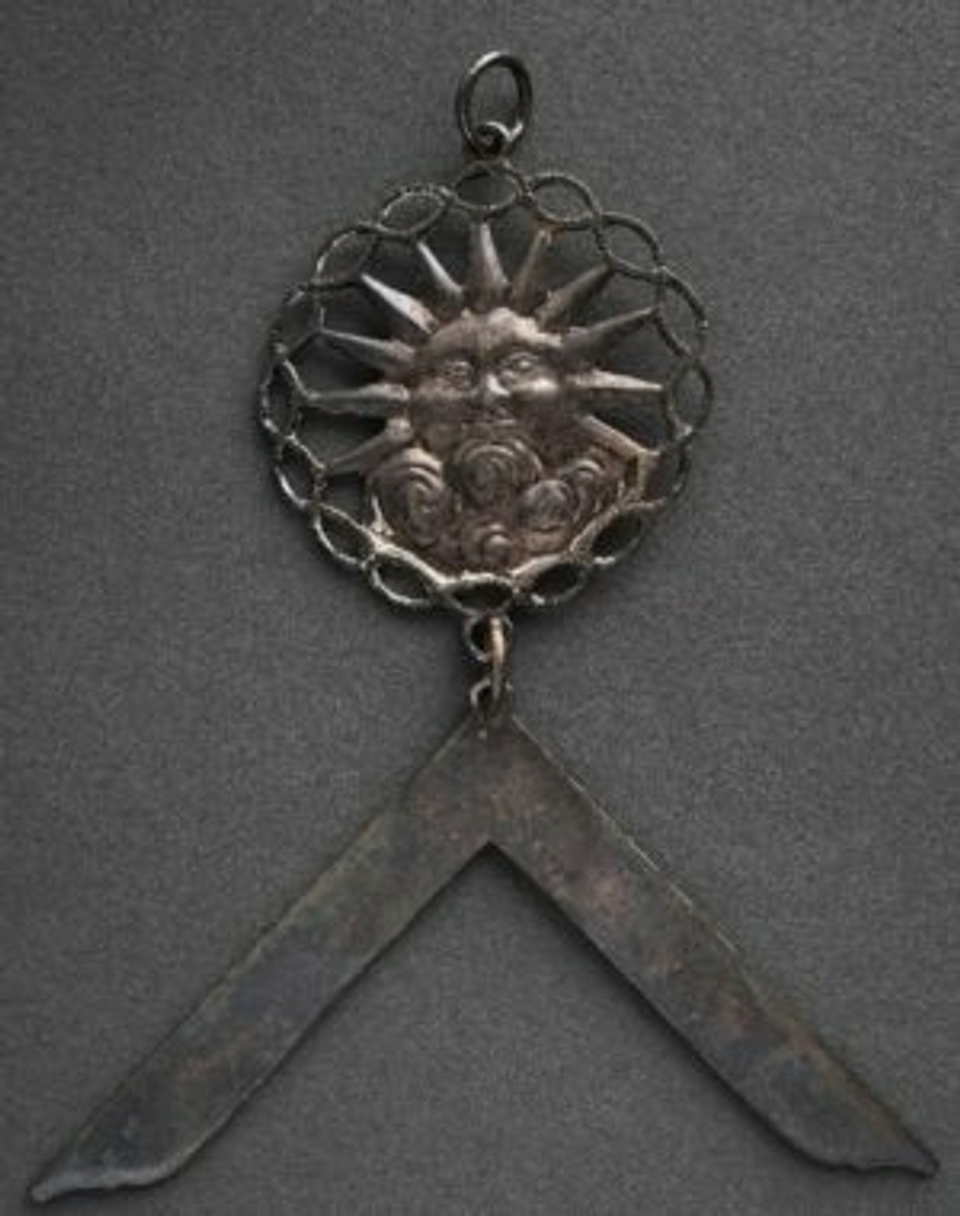
In 1797, Seth Smith, Jr., of Norton, Massachusetts, paid Paul Revere and Son twelve pounds for “a Silver Sett of Masons Jewels.” Smith, a founding member of Bristol Lodge in Norton, also served as its first Master; in that role the responsibility of obtaining jewels for the lodge’s officers likely fell to him. He was also likely the first Master at Bristol Lodge to wear the Master's jewel shown above.
In addition to the five new inductees, the Hall of Fame exhibition showcases 10 additional Freemasons who have made their mark on history and changed the world. They include Benjamin Franklin, George Washington, Prince Hall, Lewis and Clark, Mark Twain, Harry Truman, John Lejeune, Irving Berlin, John Glenn, and John Lewis.
Come visit the Scottish Rite Masonic Museum & Library in Lexington, Massachusetts and see this incredible exhibition for yourself. For more information, visit www.srmml.org.
About SRMML
The Scottish Rite Masonic Museum & Library is dedicated to presenting exhibitions and programs on a wide variety of topics in American history and popular culture. The Museum is located at 33 Marrett Road in Lexington, at the corner of Route 2A and Massachusetts Avenue. Admission and parking are free. For further information, call the Museum at (781) 861‑6559.
Related Stories
Discover additional Scottish Rite blogs and news on this topic.
-
The Freemason Who Created Dracula: The Story of Bram Stoker
History
Read More about The Freemason Who Created Dracula: The Story of Bram Stoker
-
A Funny Remembrance: The Life of Illustrious Brother Red Skelton, 33°
History
Read More about A Funny Remembrance: The Life of Illustrious Brother Red Skelton, 33°
-
A Past Grand High Priest Jewel Made for Albert Gallatin Mackey
History
Read More about A Past Grand High Priest Jewel Made for Albert Gallatin Mackey

